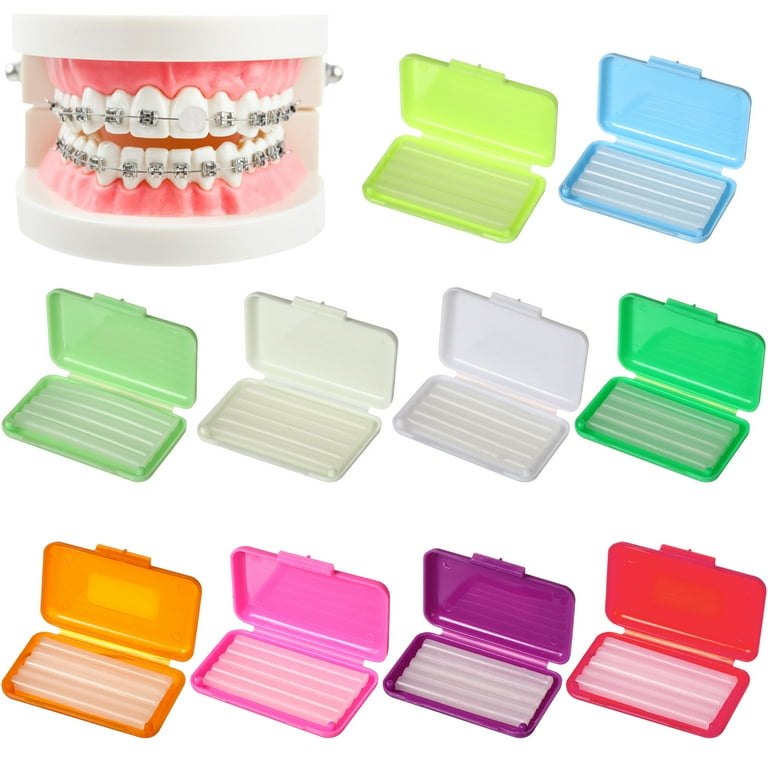What Sets Cumming Braces and Aligners In Addition To Other Orthodontic Treatments
What Sets Cumming Braces and Aligners In Addition To Other Orthodontic Treatments
Blog Article
Comprehensive Overview to Orthodontics Treatments for Dealing With Oral Misalignments
In the realm of orthodontics, the journey to attaining a perfectly straightened smile includes a myriad of procedures tailored to deal with dental misalignments. From traditional dental braces to invisible aligners and also surgical choices, the area of orthodontics offers a variety of services to resolve differing levels of oral abnormalities. Recognizing the complexities of each treatment, including their mechanisms, advantages, and prospective disadvantages, is crucial in making informed decisions concerning one's orthodontic therapy. As we navigate with the thorough guide to orthodontic treatments for fixing dental imbalances, the complex details of each method will unravel, clarifying the path toward a harmonious and practical dental placement.
Orthodontic Procedures Review

Normal modifications and surveillance are critical components of orthodontic therapy to ensure progress is on track and to make any kind of essential alterations along the method. By going through orthodontic treatments, individuals can not just achieve a straighter smile but also boost their total oral wellness and function.
Standard Braces: Just How They Work
When thinking about orthodontic therapies for oral imbalances, conventional dental braces attract attention as a reliable method for remedying teeth positioning. Standard braces contain braces, cords, and bands that interact to use continual pressure on the teeth, slowly relocating them into the preferred placement. The braces are connected to the teeth utilizing a special adhesive, and the cords are threaded through the brackets. By readjusting the stress of the wires, orthodontists can regulate the instructions and force applied to each tooth, leading them into correct positioning gradually.
One key facet of exactly how traditional dental braces work is the process of bone makeover. As pressure is used to the teeth with the dental braces, the bone surrounding the teeth is improved to support the new tooth placements. This improvement is crucial for the long-lasting stability of the remedied positioning. Clients will require normal adjustments at the orthodontist's workplace to ensure the dental braces continue to apply the right pressure for efficient teeth activity.
Unseen Aligners: Advantages And Disadvantages
These clear, personalized trays are virtually unnoticeable when put on, making them an attractive option for people seeking a more cosmetically pleasing orthodontic treatment. Clients can get rid of the aligners before eating or brushing their teeth, lowering the danger of food getting stuck in the appliance and streamlining the cleaning procedure.

Surgical Orthodontic Options
Surgical treatments in orthodontics present feasible options for dealing with complicated oral misalignments that may not be successfully resolved via standard orthodontic therapies. While unseen aligners and standard braces can remedy lots of orthodontic issues, particular situations require medical treatment to accomplish ideal results. Surgical orthodontic choices are usually advised for severe malocclusions, substantial jaw disparities, and situations where the underlying bone structure needs modification to attain proper positioning.
One usual surgical orthodontic treatment is orthognathic surgical treatment, which involves rearranging the jaws to deal with useful issues such as trouble speaking or eating. This surgical procedure is commonly carried out in cooperation with an orthodontist that helps line up the teeth prior to and after the procedure. Surgical orthodontics might additionally involve treatments to subject influenced teeth, remove excess gum tissue, or reshape the jawbone to produce an extra harmonious face profile.
Before considering surgical orthodontic choices, people go through a thorough assessment to figure out the necessity and possible benefits of such treatments. cumming aligners. While surgical treatment may appear overwhelming, it can dramatically enhance both the feature and aesthetic appeals of the smile in instances where traditional orthodontic therapies fail
Retainers and Post-Treatment Treatment

Failing to abide with post-treatment treatment directions can result in regression, where the teeth gradually relocate back towards their initial positions. Regular retainer wear, excellent dental health, and normal dental exams are vital for keeping the results attained via orthodontic surgery and ensuring the long-lasting security of the remedied dental positioning.
Verdict
In conclusion, orthodontic procedures use numerous alternatives for dealing with dental misalignments. Surgical orthodontic alternatives are available for more severe imbalances. Generally, orthodontic treatments can properly improve dental health and wellness and visual general dental appearance.
As we browse with the comprehensive overview to orthodontic treatments for correcting dental misalignments, the intricate information of each method will certainly unfold, shedding light on the course toward a unified and functional oral alignment. - orthodontist
One of the most typical orthodontic treatments is the usage of braces, which consist of metal brackets and cords that apply mild stress to slowly move teeth into the desired setting.When thinking about orthodontic treatments for oral misalignments, conventional braces stand out as a time-tested technique for correcting teeth positioning. In addition, invisible aligners may not be appropriate for complicated orthodontic issues that require even more significant teeth motion, as they are usually suggested for mild to modest situations. Retainers are custom-made orthodontic gadgets designed to hold teeth in their corrected placements after the completion of orthodontic therapy.
Report this page